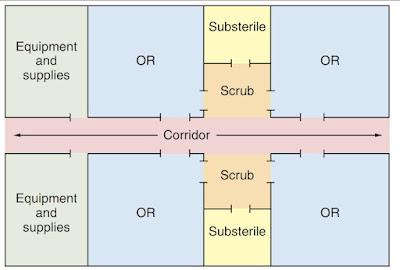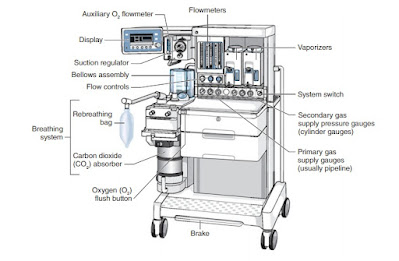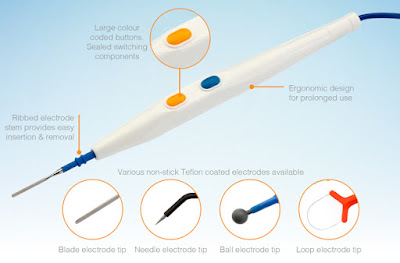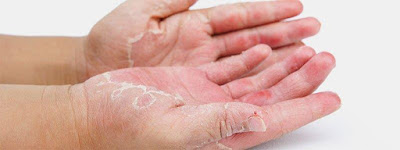Batch Dosimeters with their types

Dosimeters A batch dosimeter is a type of radiation dosimeter that is designed to measure the amount of radiation exposure over a specific period , typically over several weeks or months. Batch dosimeters are often used in occupational settings where workers may be exposed to radiation regularly, such as in nuclear power plants, medical facilities, or research laboratories. They are also relatively inexpensive and easy to use, making them a practical option for many occupational settings. Radiation workers who are issued single badges for monitoring whole-body dose should wear them in the region of the collar with the label facing out. When a lead apron is worn, the dosimeter should be outside the lead apron. Technologists who work with fluoroscopy may wear two badges , one on the collar outside the lead apron and one at the waist that is under the apron. The two dosimeters should be distinguished by color or icons indicating their specific locations. Personnel who are issu...




